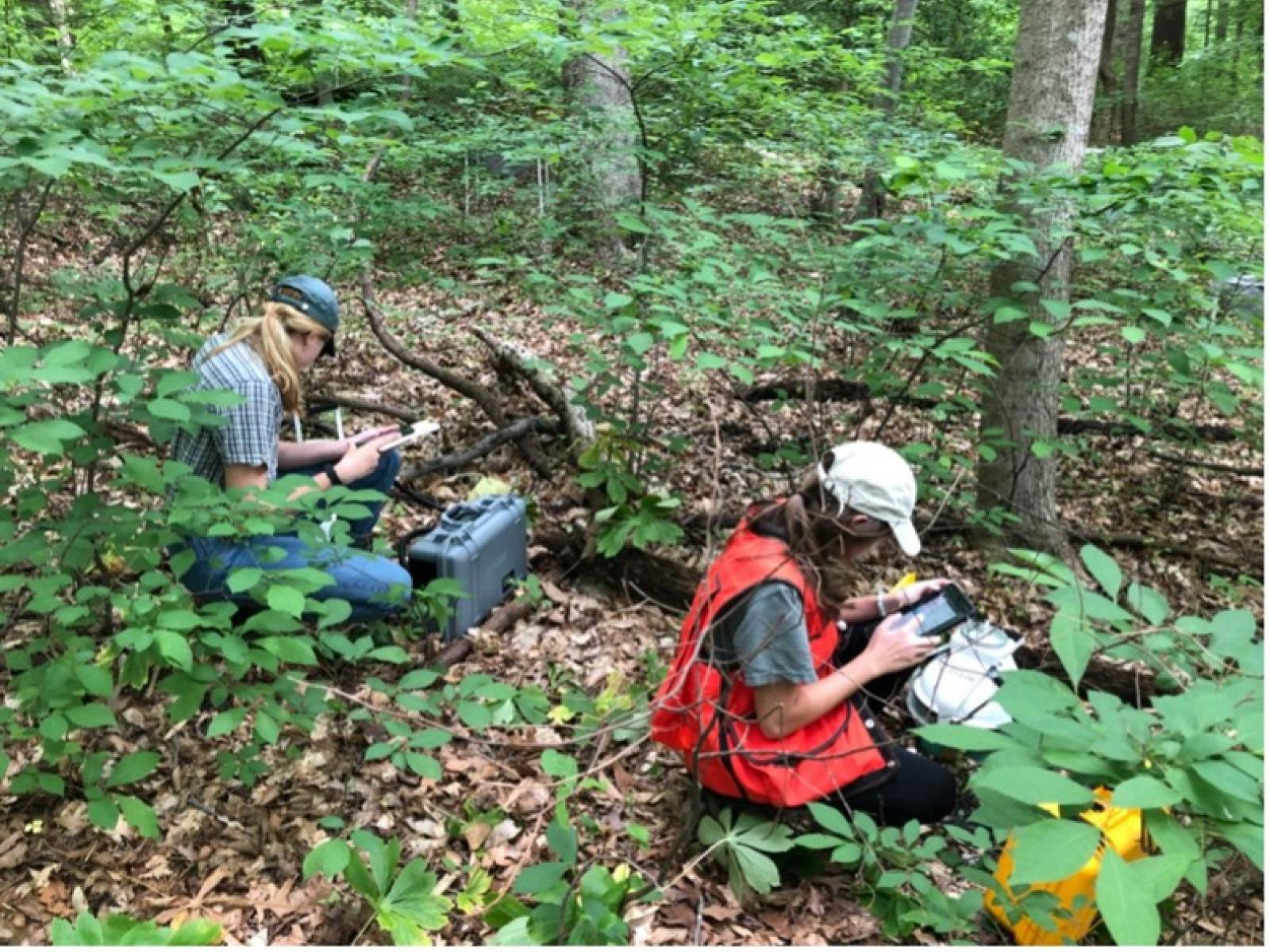
The Legacy of Past Disturbance Shapes Coastal Forest Soil Stability
A soil transplant experiment gives new insights into coastal forests’ resilience in the face of rising seas and increasing storms.

A soil transplant experiment gives new insights into coastal forests’ resilience in the face of rising seas and increasing storms.
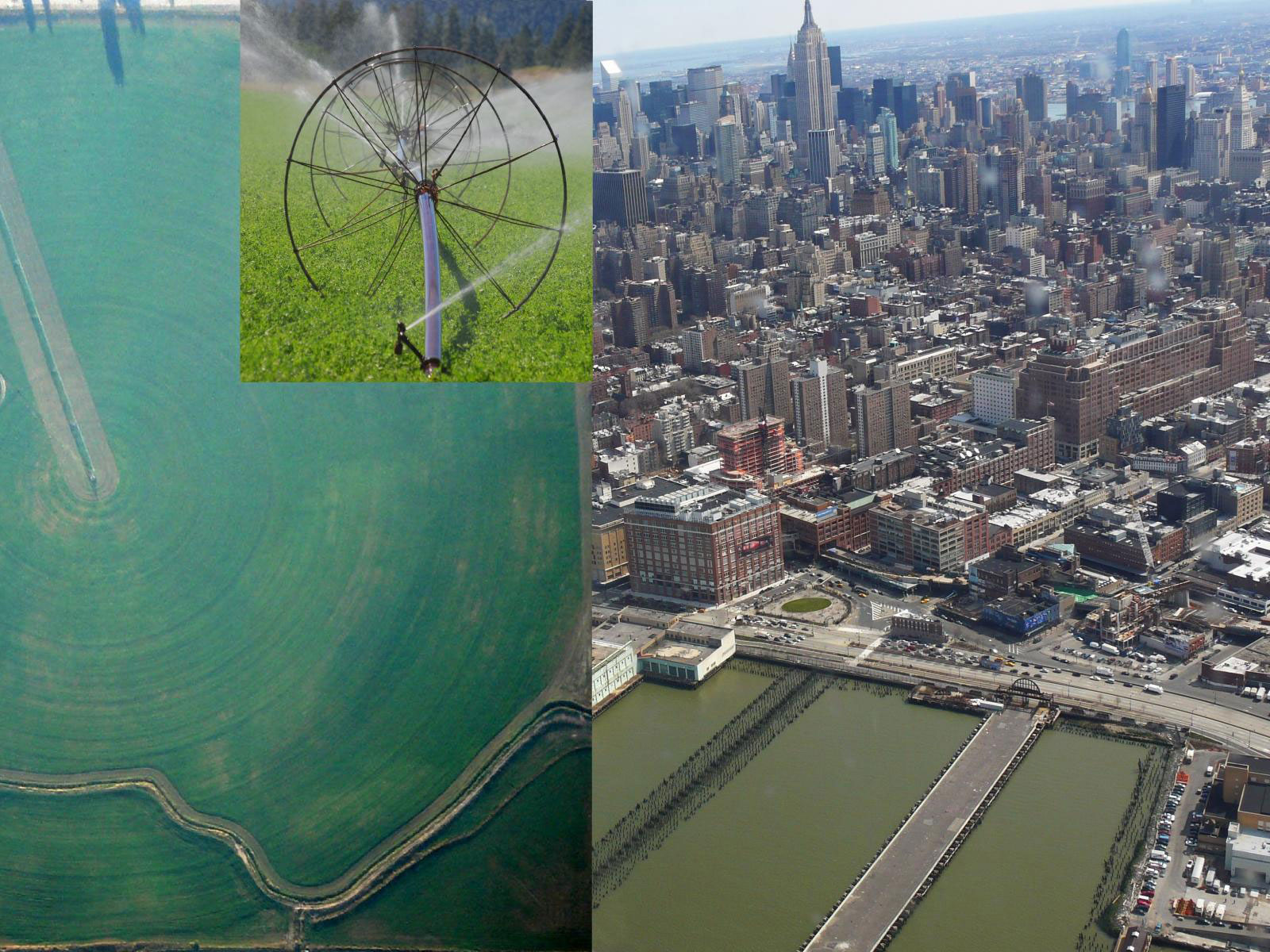
Land use and land cover changes have diverse and contrasting effects on different types of rain.
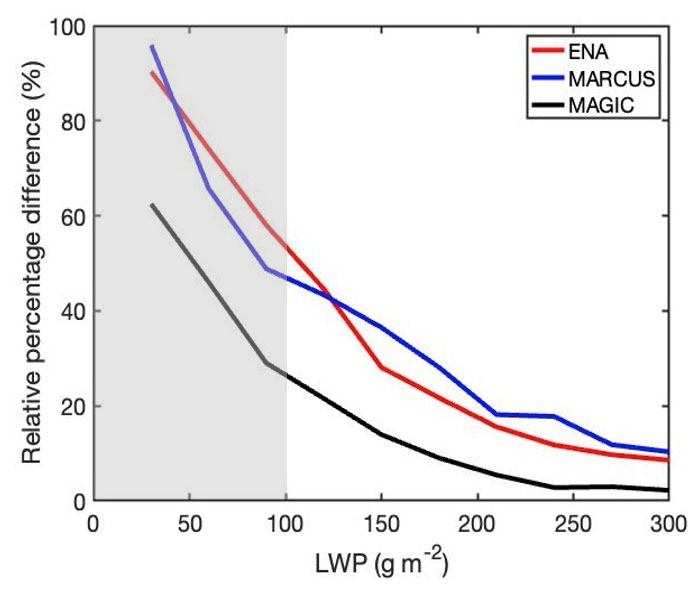
New Detection Methods Find More Drizzle in Marine Stratocumulus Clouds
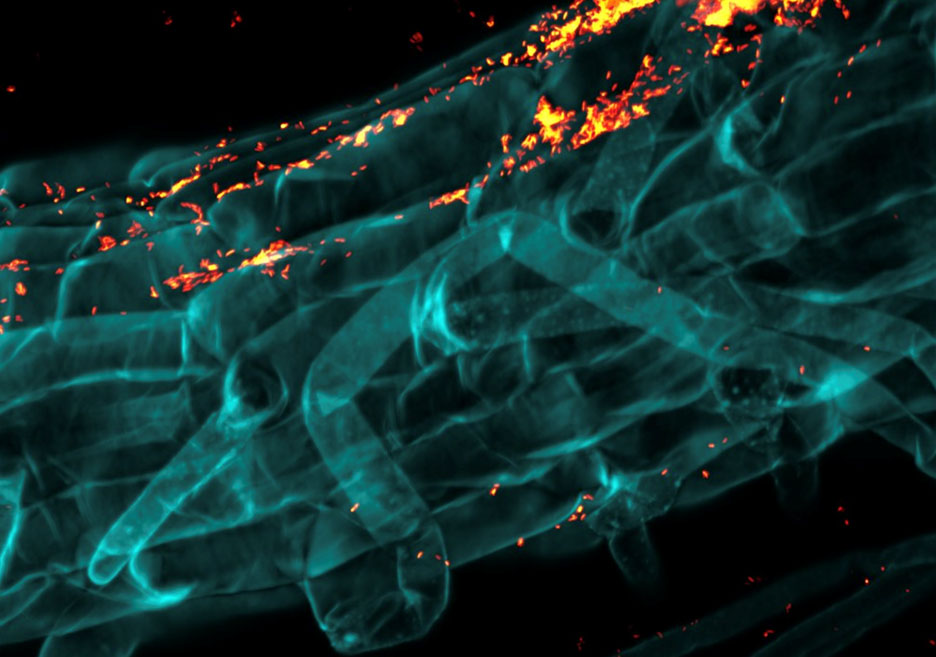
Study points to traits and genes in controlling the root microbiome of switchgrass, a biofuel feedstock and native North American prairie grass.

A new strategy makes the stable introduction of new traits simple for newly discovered bacteria.

The National Microbiome Data Collaborative’s community learning program trains early-career researchers.
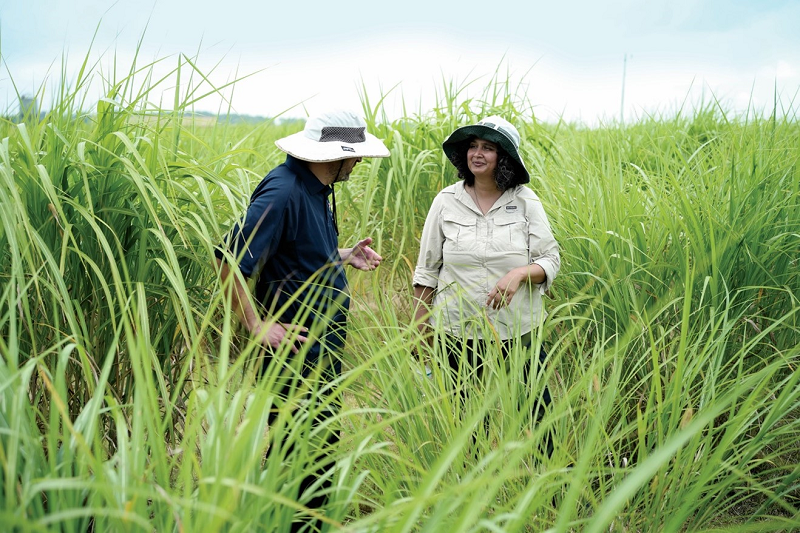
Breakthrough will accelerate efforts to tap the potential of this important perennial grass, a promising crop for sustainable bioenergy production.
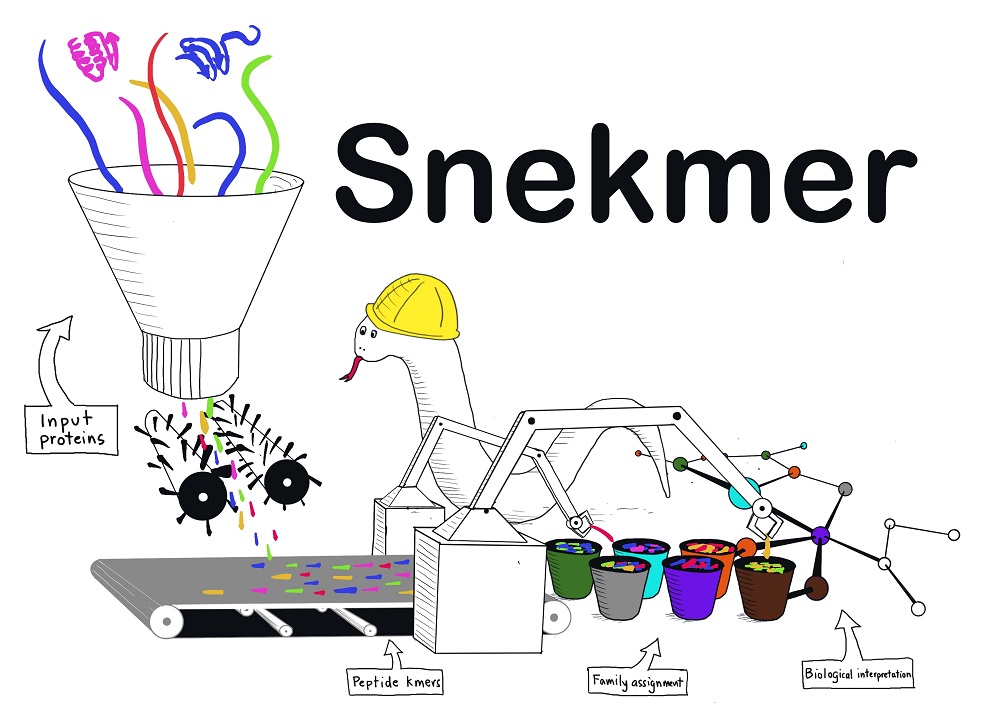
Snekmer allows scientists to use rapid prototyping to better understand the function of proteins in microbes.
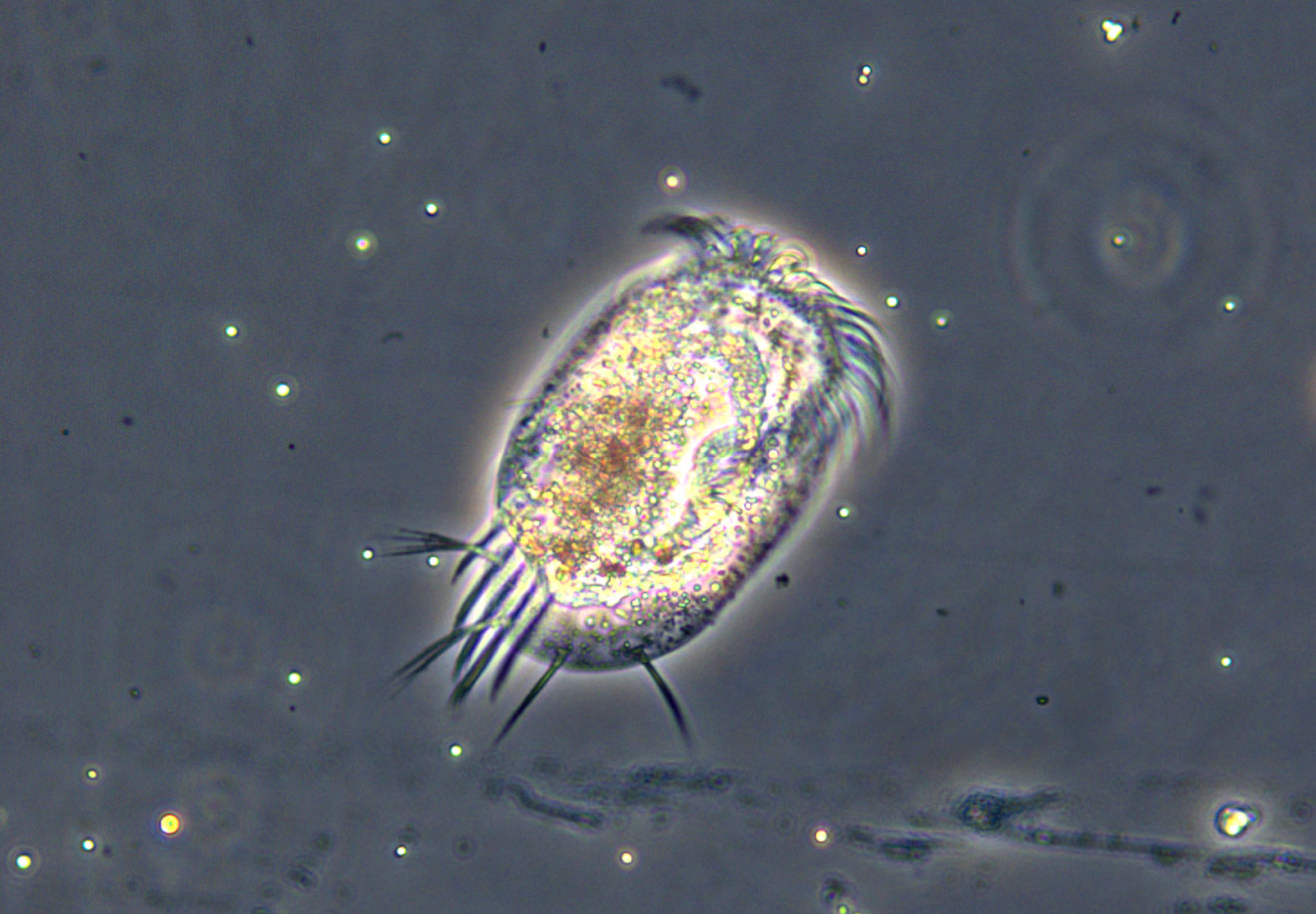
Temperature and Nutrient Availability Affect Microbial Food Webs in Unexpected Ways
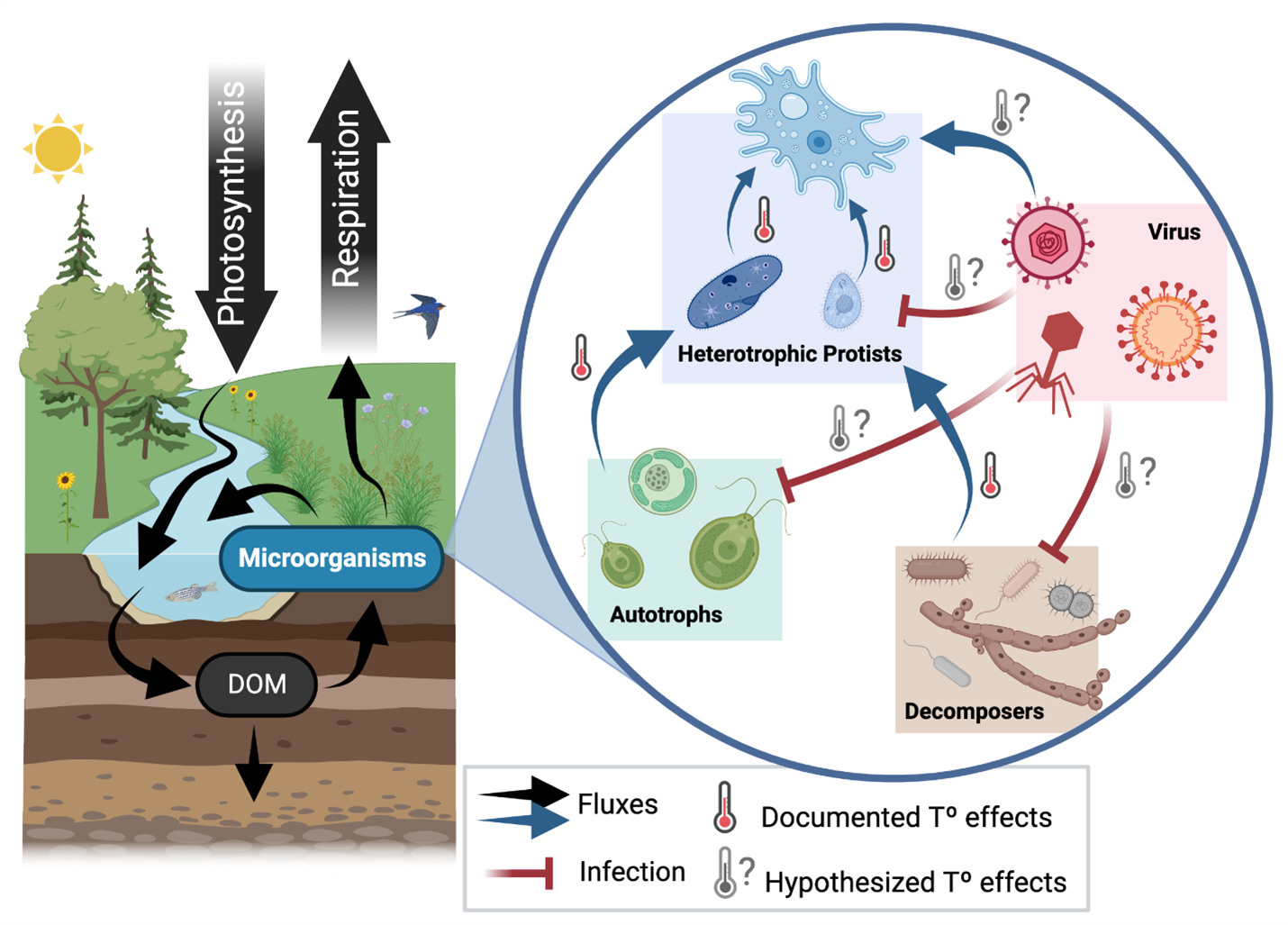
Viruses may have unanticipated consequences for ecosystem responses to climate change
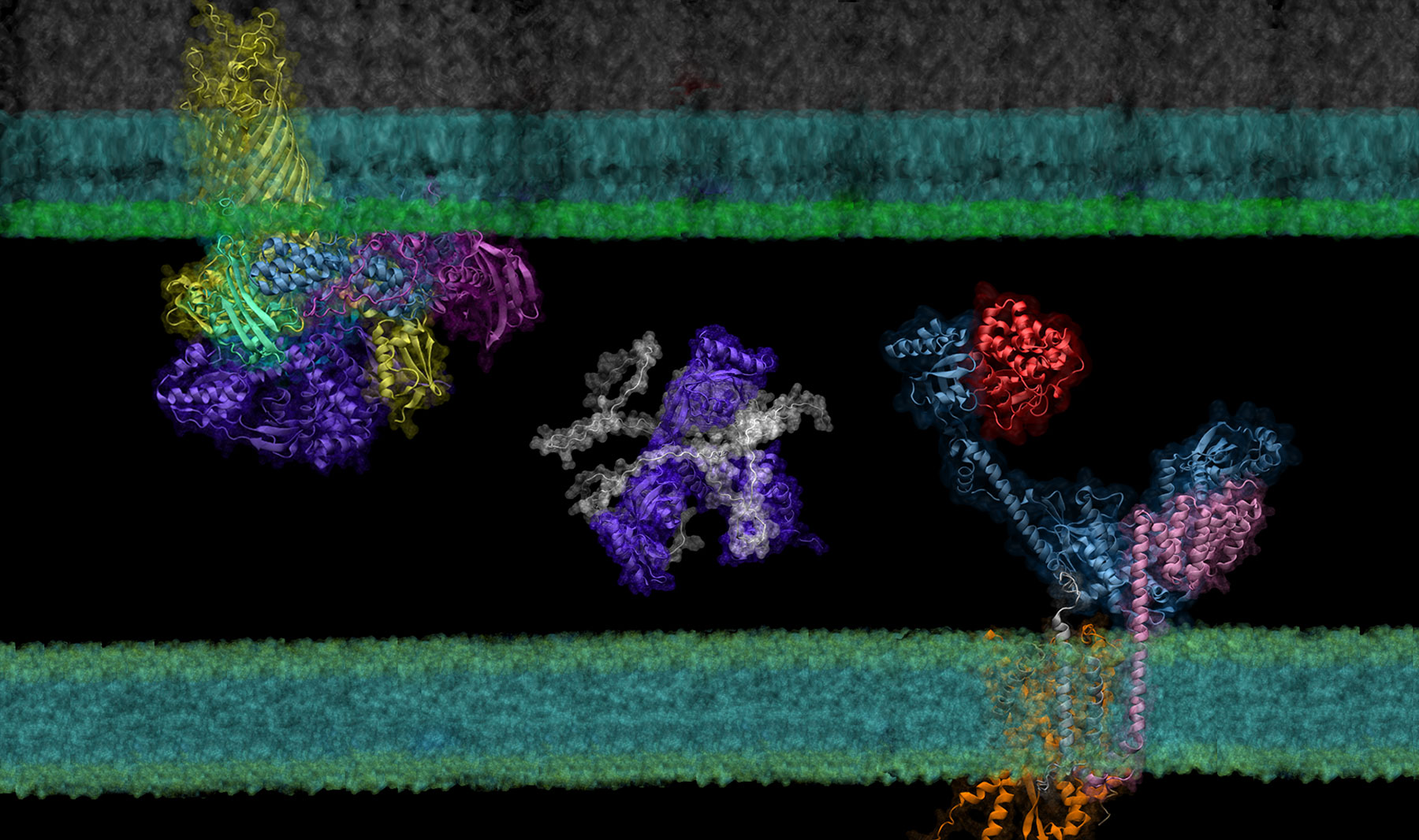
Researchers demonstrate a real-world large-scale application of deep neural network models for discovering novel protein-protein interactions.
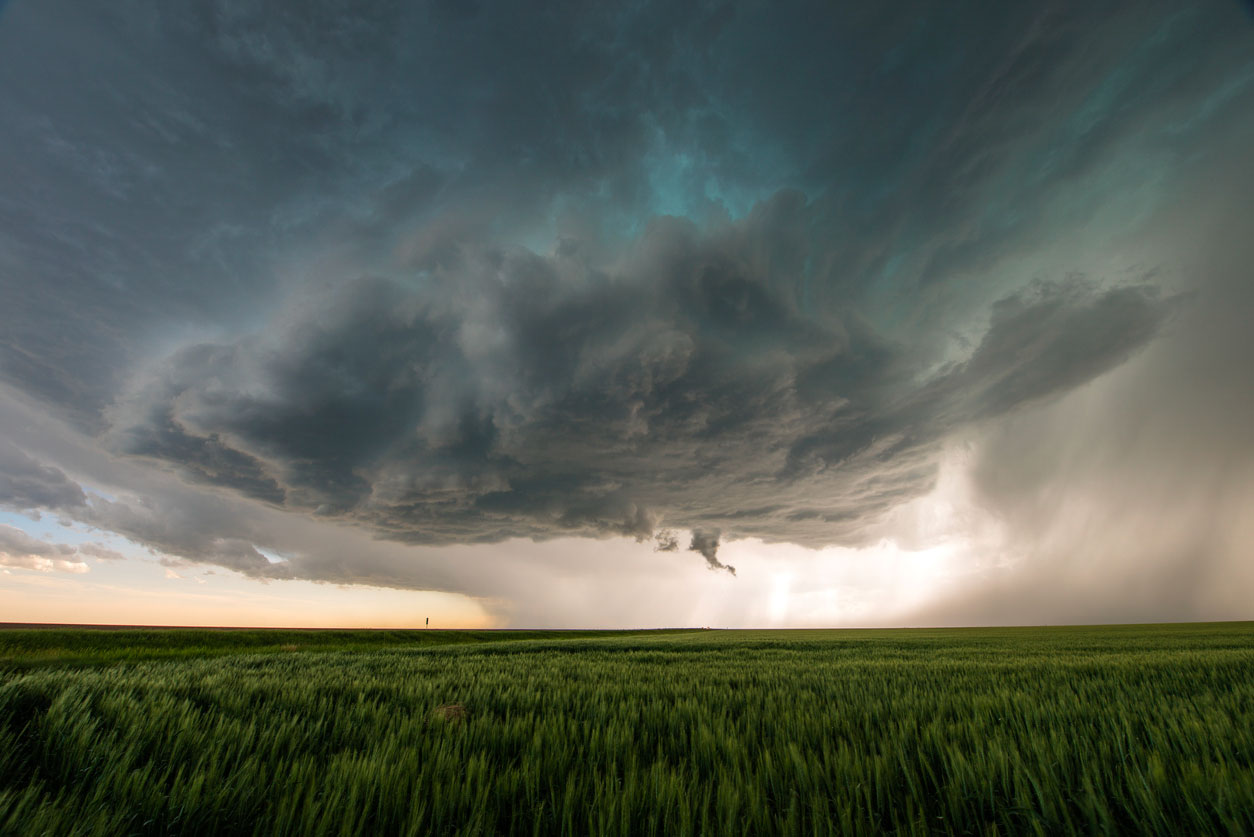
Researchers identify previously uncharacterized aerosols over an agricultural region in Oklahoma.